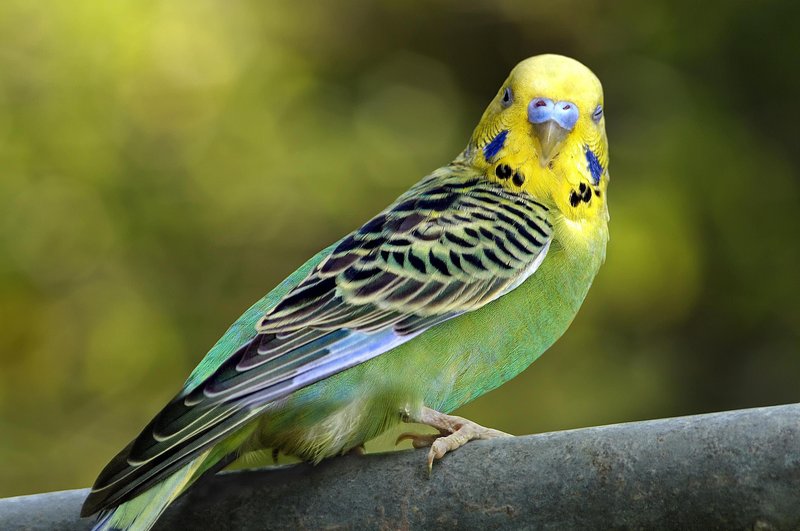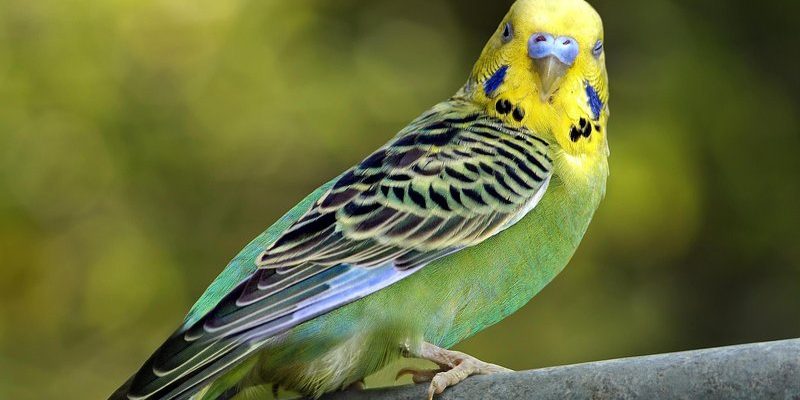
Imagine a sunny Australian outback, where flocks of budgies soar through the skies, chattering happily among the greenery. It’s a scene that’s both beautiful and vital. However, these birds face challenges that are often invisible from our cozy homes. The balance of their ecosystem is delicate, and shifts in their environment could lead to significant consequences. So, are budgies threatened? Are they on the brink of extinction, or are they simply facing some challenges? Let’s break down what’s happening with these delightful birds.
Understanding Budgies in the Wild
Budgies originally hail from Australia, where they thrive in open grasslands, scrublands, and woodlands. They’re social birds that live in large flocks, which helps them find food and stay safe from predators. But here’s the kicker: their natural habitat is constantly changing due to human activity.
Habitat loss is a significant threat to budgies. As people expand cities and agricultural lands, the open areas they rely on for food and nesting become scarce. Without enough space to roam, budgies struggle to find food, and their populations can dwindle. It’s not just about having space; it’s about the health of the ecosystem surrounding them.
Another layer is climate change. Rising temperatures and unpredictable weather can disrupt their breeding cycles and affect food availability. Imagine trying to plan a picnic in the park, only to have a sudden downpour ruin everything. That’s the kind of uncertainty these birds face in their natural habitats.
Are Budgies Endangered or Threatened?
When it comes to the classification of budgies, the short answer is—they aren’t currently classified as endangered. According to the IUCN Red List, budgerigars are listed as “Least Concern.” This means that, while their populations may be impacted by factors like habitat loss, they’re not facing imminent extinction. However, this doesn’t mean we should ignore their situation.
Budgies are highly adaptable, which has helped them survive in various environments. However, their adaptability has limits. If conditions continue to change rapidly, we could see a shift in their status. It’s a bit like balancing a house of cards; too much disturbance, and everything could come crashing down.
There are also localized populations that might be at higher risk. For example, certain areas may support fewer birds due to specific environmental pressures. Here’s where conservation efforts can play a key role—monitoring these populations and providing help where it’s needed most.
Conservation Efforts for Budgerigars
Conservation isn’t just about saving a species; it’s about preserving entire ecosystems. Efforts for budgerigars focus on habitat preservation and restoration. Organizations work to create and maintain healthy environments where budgies can thrive.
Protected areas have been established in Australia, allowing natural habitats to flourish. These protected zones ensure that budgies and other wildlife have a safe space to live and breed. Think of it like creating a sanctuary that allows nature to take its course without human interference.
Additionally, education plays a crucial role. By raising awareness about the challenges budgies face, more people can get involved in conservation efforts. Simple actions, like supporting local wildlife initiatives or promoting sustainable land-use practices, can make a significant difference.
Challenges in Captivity vs. Wild
While many budgies live happily in homes around the world, their lives in captivity can differ greatly from their wild counterparts. In the wild, they enjoy the freedom of flight and social interaction in large flocks. In contrast, pet budgies can sometimes face health issues due to confinement.
Pet care is essential. Owners need to ensure their budgies have enough space to move, plenty of stimulation, and a balanced diet. A bored budgie can develop behavioral issues, which can lead to serious health concerns. It’s like working from home without breaks—you can’t expect productivity if you’re stuck in one spot all day!
Conversely, wild budgies face dangers like predation and competition for food. Understanding these differences helps us appreciate both the challenges and joys of these birds, whether they’re flying free or perched on our shoulders at home.
The Role of Budgies in Ecosystems
Budgies may be small, but they play an important role in their ecosystems. As seed-eaters, they help with the dispersion of various plant species. By munching on seeds and spreading them around, budgies contribute to healthy vegetation growth. It’s a natural recycling process that keeps the environment balanced.
Their presence also indicates the overall health of an ecosystem. If budgie populations decline, it might signal that something is off in their habitat—be it pollution, climate issues, or food scarcity. Think of them as tiny environmental barometers; when they thrive, it’s a sign that the ecosystem is flourishing.
What You Can Do to Help Budgies
Feeling inspired to make a difference? You don’t have to be a wildlife biologist to help budgies. Here are a few concrete actions you can take:
- Support conservation organizations: Donations or volunteering can help fund crucial habitat restoration efforts.
- Educate yourself and others: Share knowledge about budgie conservation and responsible pet ownership.
- Choose sustainable products: Opt for eco-friendly goods that don’t contribute to habitat destruction.
- Advocate for policies that protect natural habitats: Engage in local initiatives that promote wildlife conservation.
Every little bit helps. When you take action, you become part of the solution for these charming birds and their habitats.
Wrapping It Up
So, are budgies threatened or endangered? While they currently sit at the “Least Concern” status, their future hangs on our actions today. We all have a role to play in protecting these delightful birds and their habitats. By understanding their needs and promoting conservation efforts, we can help ensure that the sweet sounds of budgies continue to fill our skies for generations to come. Remember, every step counts, and even small acts can create significant change.

